Drumming with Dead Can Dance: and Parallel Adventures
Peter Ulrich
I didn’t really get on to Dead Can Dance until “Into the Labyrinth,” their most popular LP that made the audiophile rounds here in the States. 4AD, their label, wasn’t well distributed in the US when the band was first developing, it wasn’t exactly mainstream stuff here, even in the audiophile community. Yet the band had a following, starting in Australia, where Lisa Gerrard and Brendan Perry had a band and moved to a council flat in London where the two met our narrator, a soon to be jobless publicist for a theatrical/live show venue.
Ulrich had the time, interest, musical background, and chops as a drummer to become part of their band. So we get the story of DCD from the outset of their adventures in England, playing local venues and developing a following. The scene was a sort of post-punk, art-rock experiment in how to juxtapose disparate elements- power pop meets Celtic vocals with exotic African beats.
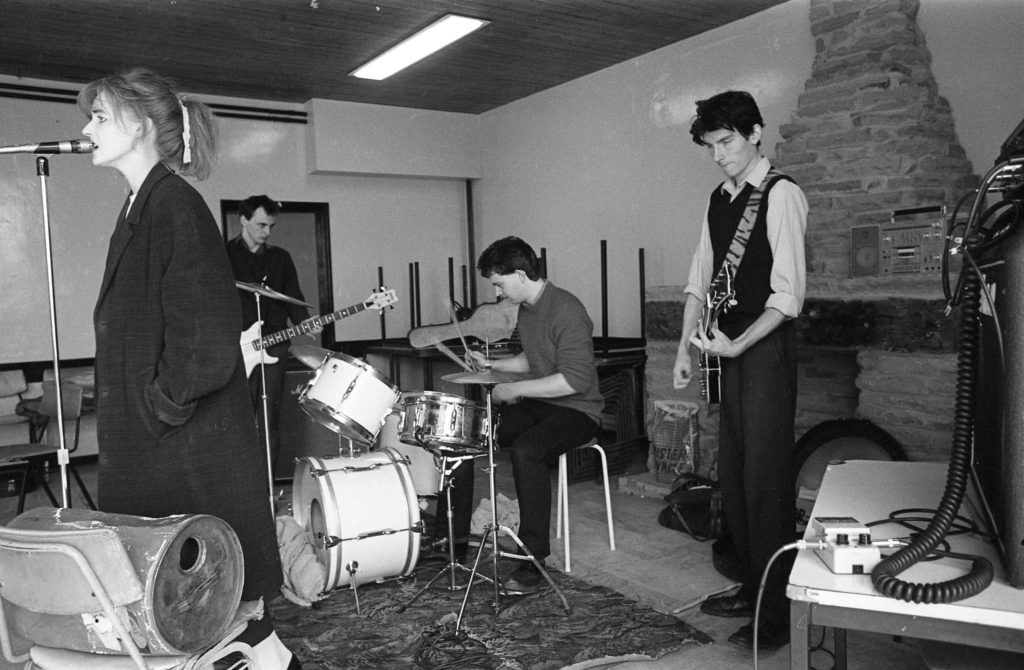
Rehearsing, 1983, with our narrator on the drums. Photo credit: Jeffrey Earp
How the music was made was the most interesting part of the story for me– Perry built from interesting tidbits, the odd rhythm, beat out on old metal drum cans (barrels), or a catchy riff that would be used at some point for melody or fill. Brendan Perry was highly inventive according to Ulrich, and as a multi-instrumentalist interested in African, Mideastern and other exotic sounds, was not exactly following the post punk playbook of other bands at the time.
Lisa Gerrard was of a different order. A sort of ethereal spirit, who could sing like an angel but played it at an angle juxtaposed against pop and mid-Eastern exotica. She and Perry were a couple for a long time and their ability to work and live together helped to define and establish a sound that is now quite identifiable and unique. In some ways, she is now the most famous, having done the Gladiator soundtrack and established herself as solo performer. But the people who helped get her there are part of the story and that’s what this book is really about.
It gives insight to a lot of what was going on in the post- punk period in London and its environs. The music at the time was changing rapidly—electronic sounds were part of the mix- drum machines and synths characterize a lot of the ‘80s. Perry took advantage of the early technology in this area to create something more—string sounds that were enhanced by real instruments, esoteric woodwinds and rhythm instruments that added texture and body to the electronic underpinnings, stunning vocal parts that soared above the elaborate soundscapes the band created.
Label mates Cocteau Twins were similarly challenging the boundaries with the support of label chief Ivo Watts-Russell. There never seemed to be much money available to support the bands—driving themselves on tours, scraping along as they worked various clubs in Europe, but building an audience for their live shows that continued to grow as the band matured.
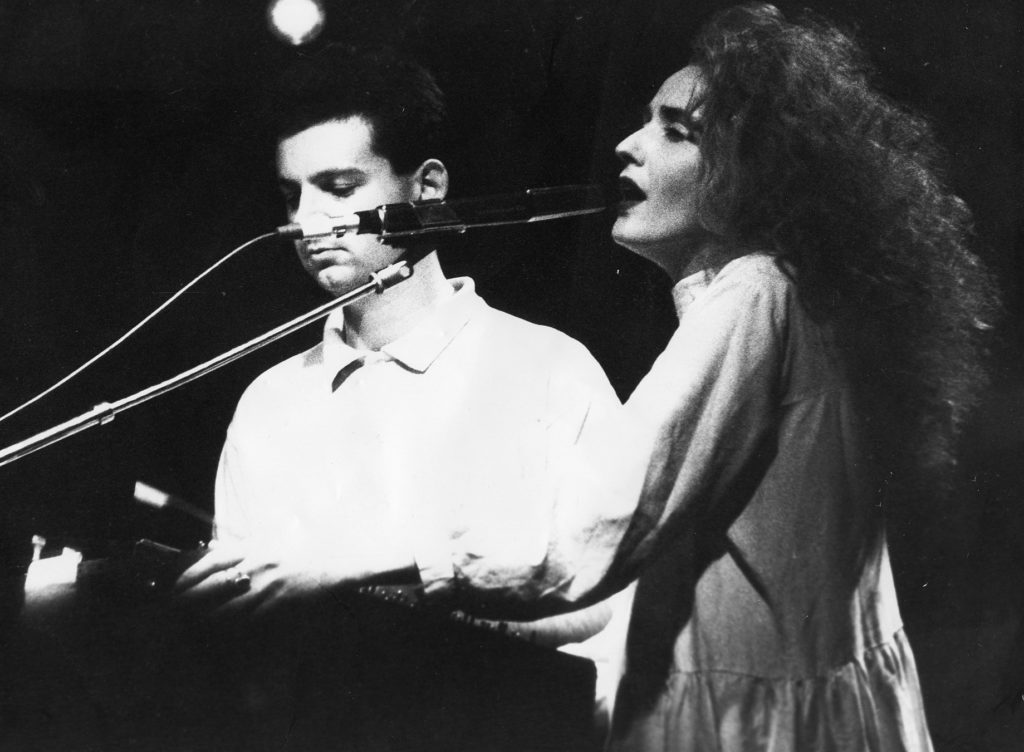
November, 1983, Peter Ulrich front and center with Lisa. Photo Credit: Tony Hill
I never did see DCD live—as I explored their catalog, I was astounded to discover that the band could replicate these complex sounds in live performances, such as those on the live album “Toward the Within.” (An album that, along with Into the Labyrinth, should be in your collection).
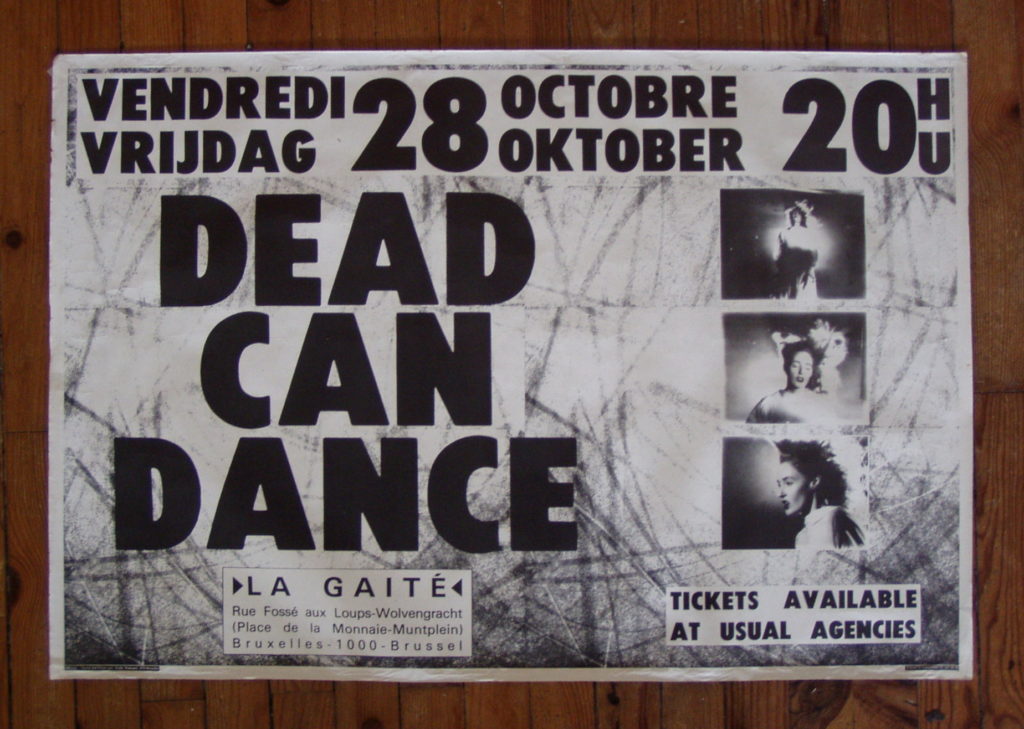
Concert poster, Brussels, 1987
Unlike most fans who follow a band as it progresses, I worked backwards, buying up older 4AD copies of their earlier albums as I developed a taste for their music.
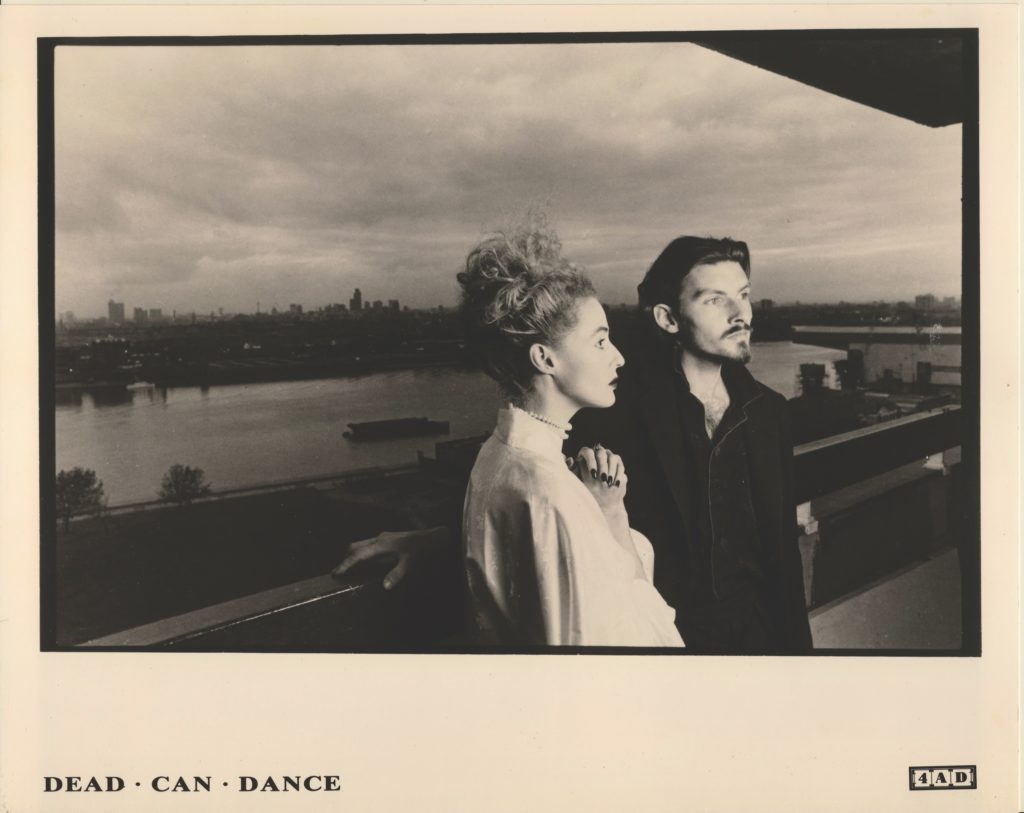
Promo photo for release of Spleen and Ideal, courtesy 4AD Records
The band eventually evolved into a Perry-Gerrard act with different backing musicians, everyone moved on—Perry and Gerrard still worked together but separated as a couple and Peter Ulrich devoted himself to his own music, as well as documenting this important piece of musical history. We not only get the insider’s view of an emerging new sound from what eventually became a beloved band, but a well written account of what it was like to create something very different than its contemporaries—a sound that is now accepted as part of mainstream popular music but is still inventive and uncharacteristic of its time.
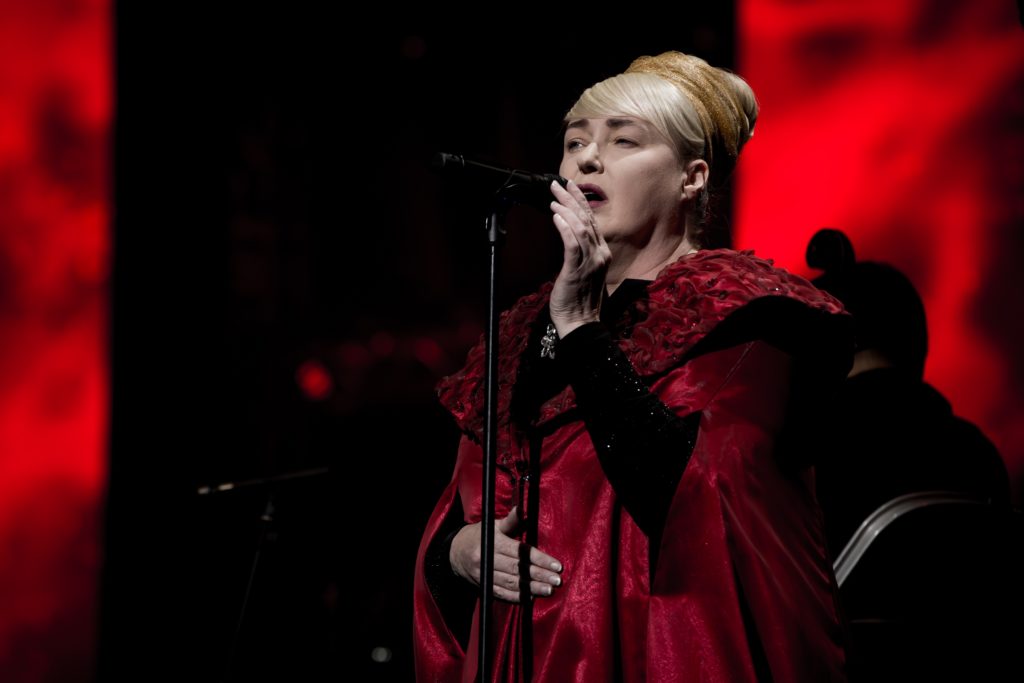
Lisa Gerrard performing “The World of Hans Zimmer”
Photo credit: Dita Vollmond
We can thank Peter Ulrich, not only for helping create that sound, but for documenting its creative process- that inexplicable combination of talent, inventiveness and no small degree of risk taking.
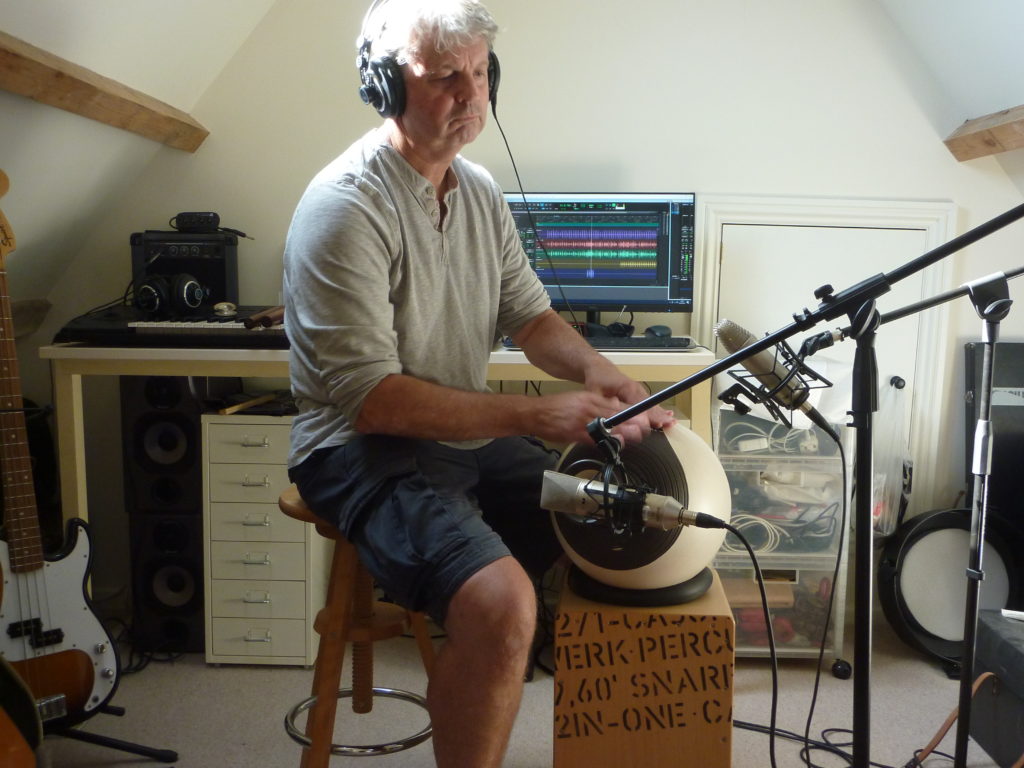
Peter Ulrich recording an udu part in his home studio for the Tenzin album, “Echoes” in 2021. Photo credit: Nicola Arundell
While there will be other bands, other music, DCD laid down a marker that will probably remain unchallenged for what it represents. It is a timeless sound that still draws new audiences today, more than four decades after they embarked on their journey.
Peter recently did an addendum to the book which can be found here: https://post-punk.com/peter-ulrich-drumming-with-dead-can-dance-and-parallel-adventures-an-addendum/
Bill Hart
March, 2024
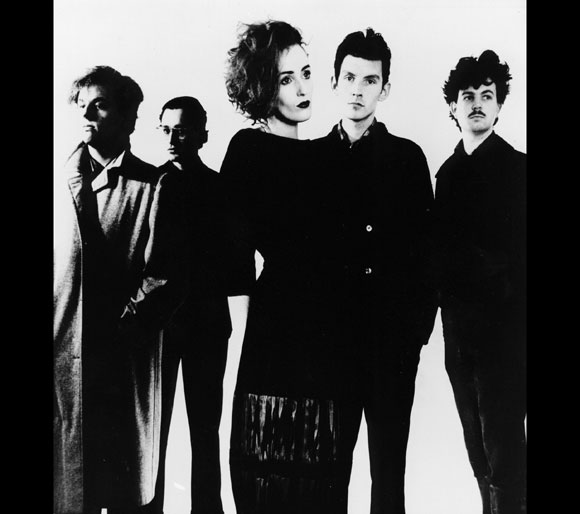
Leave a Reply
You must be logged in to post a comment.